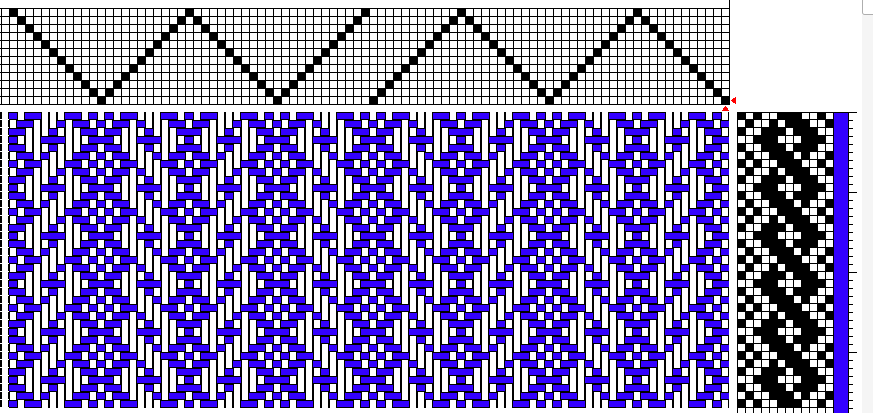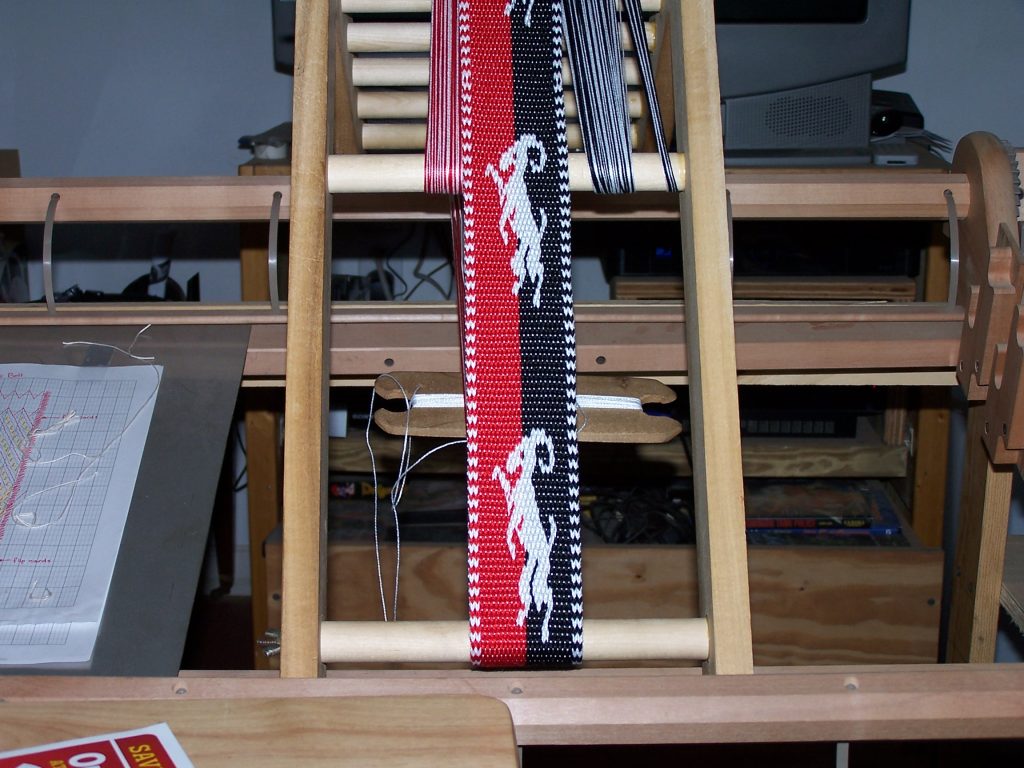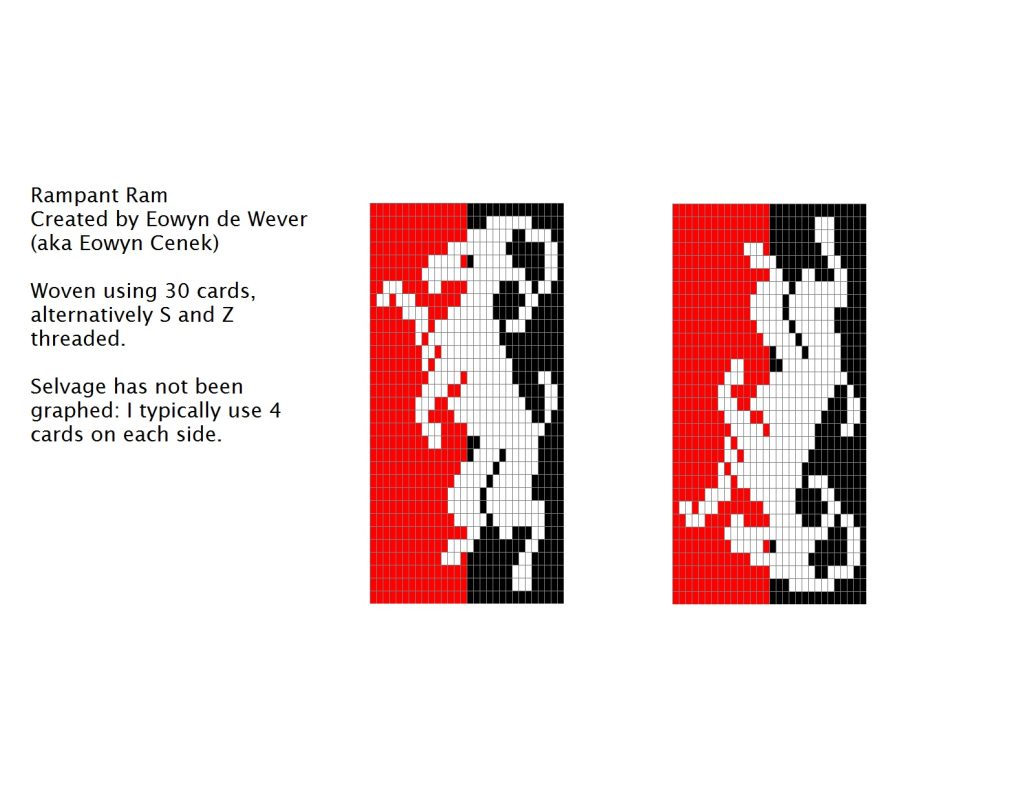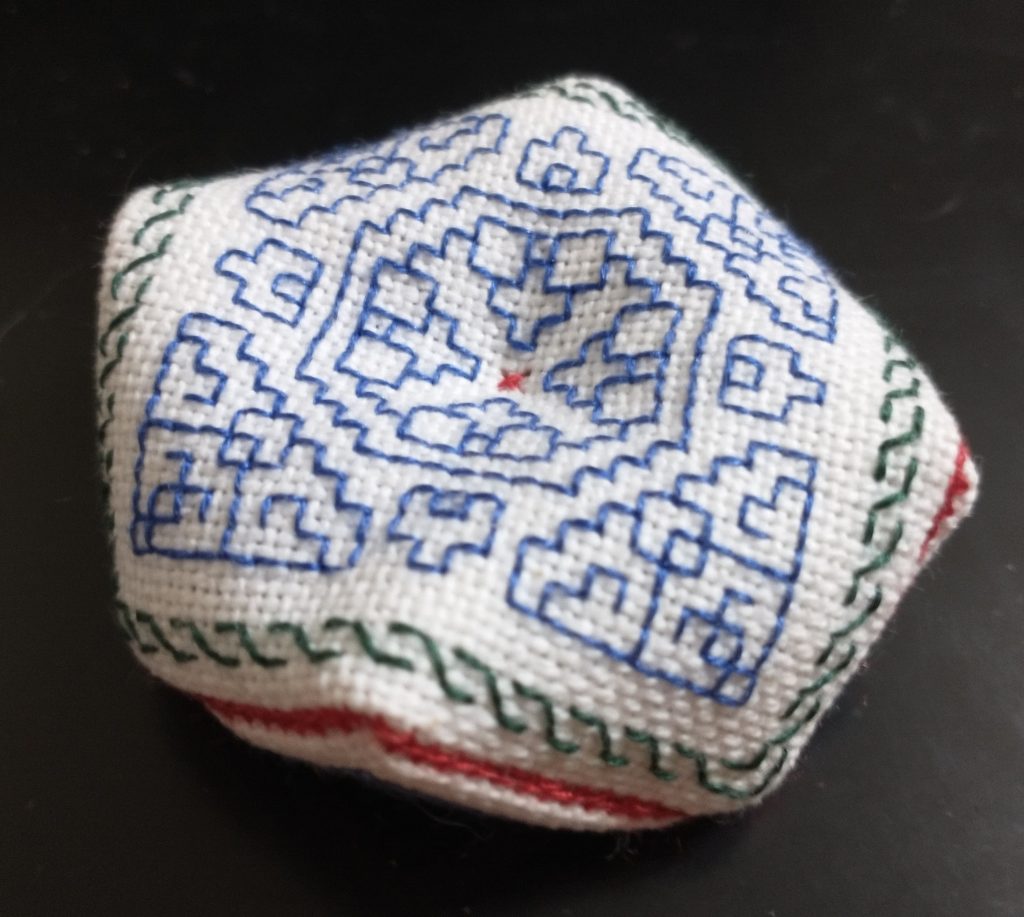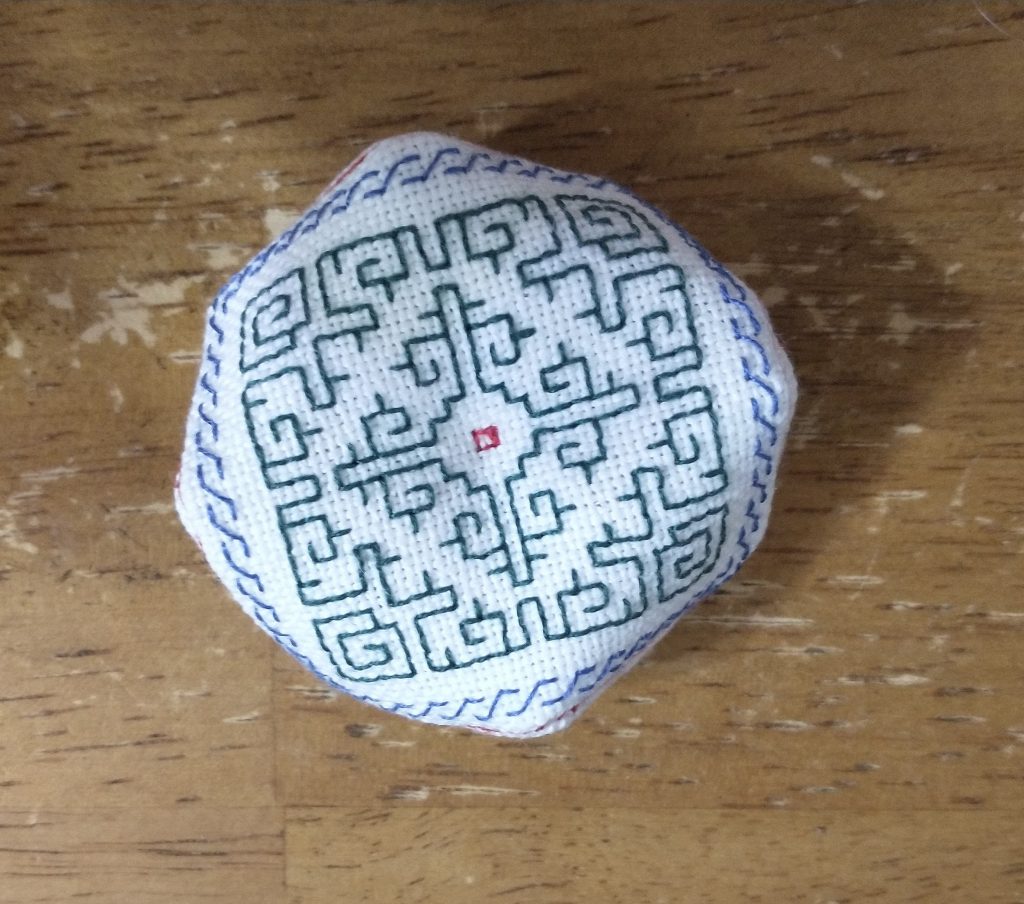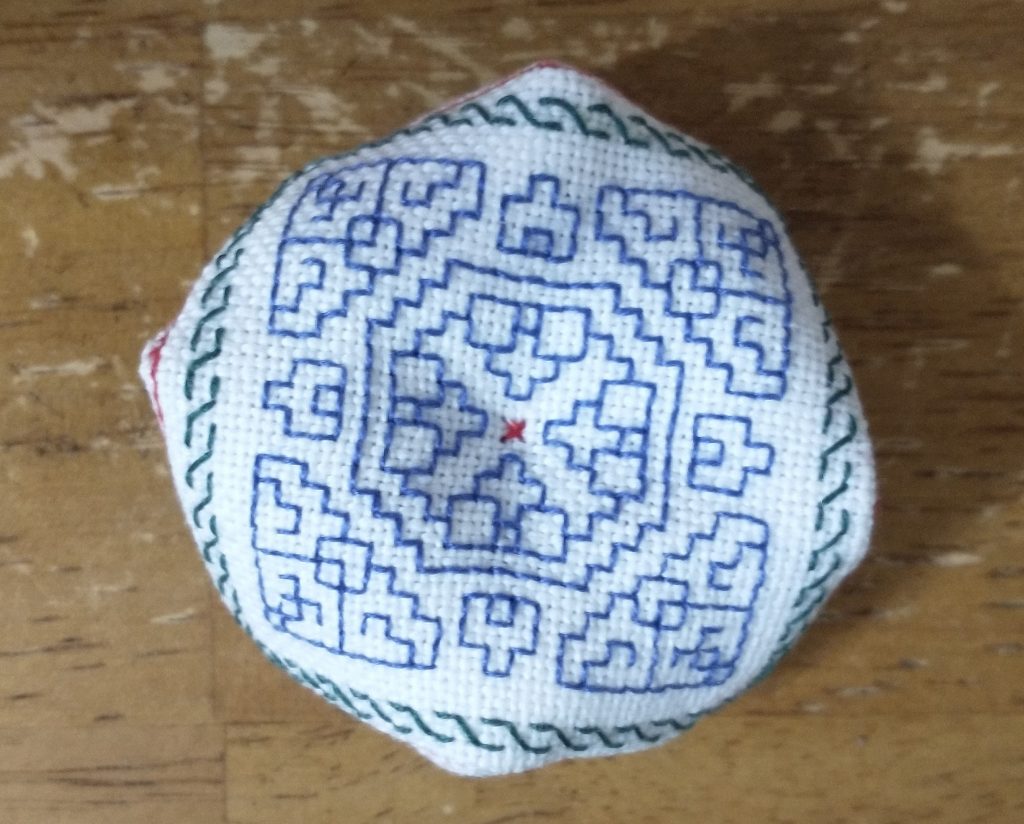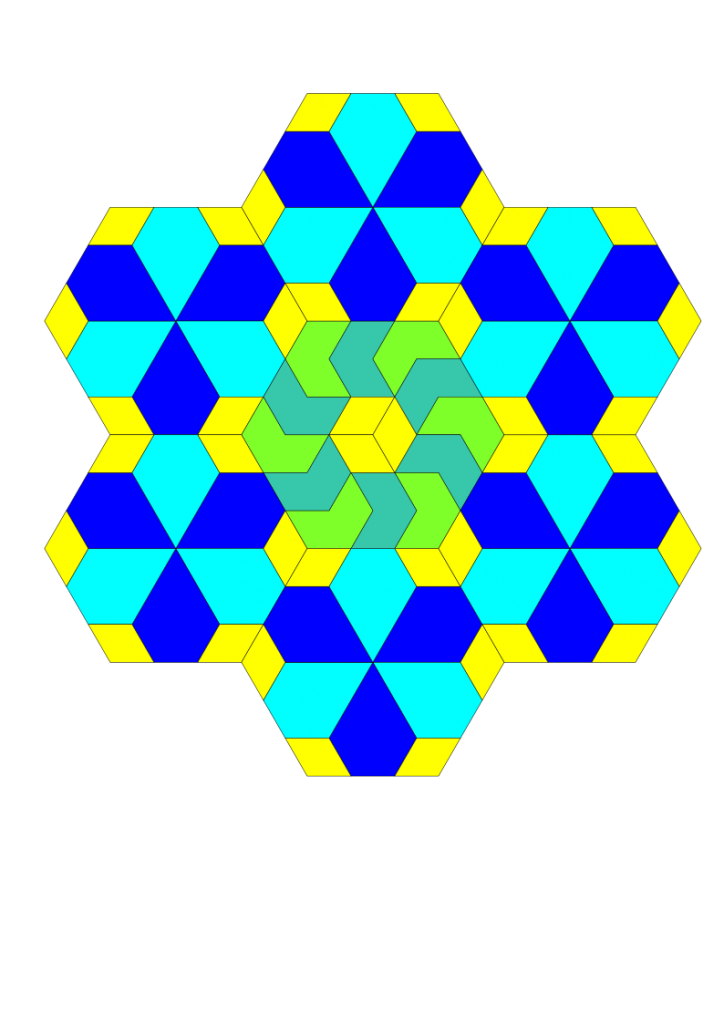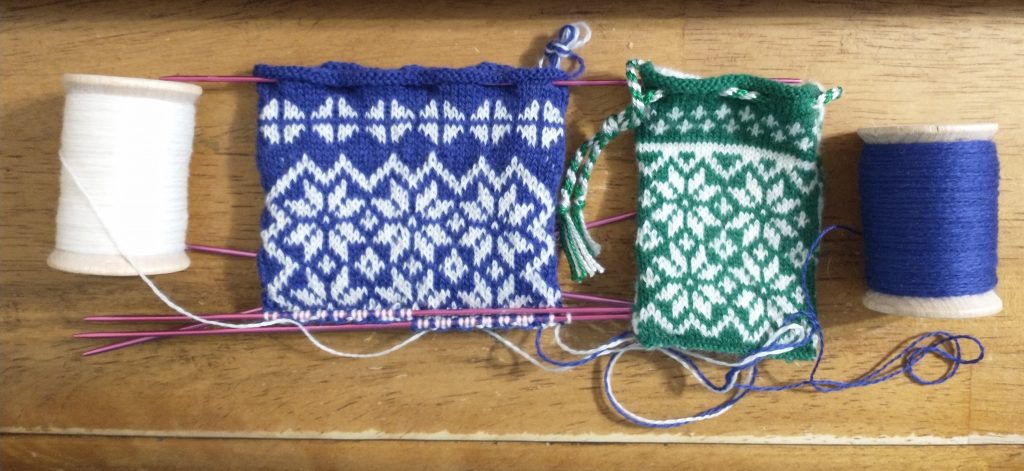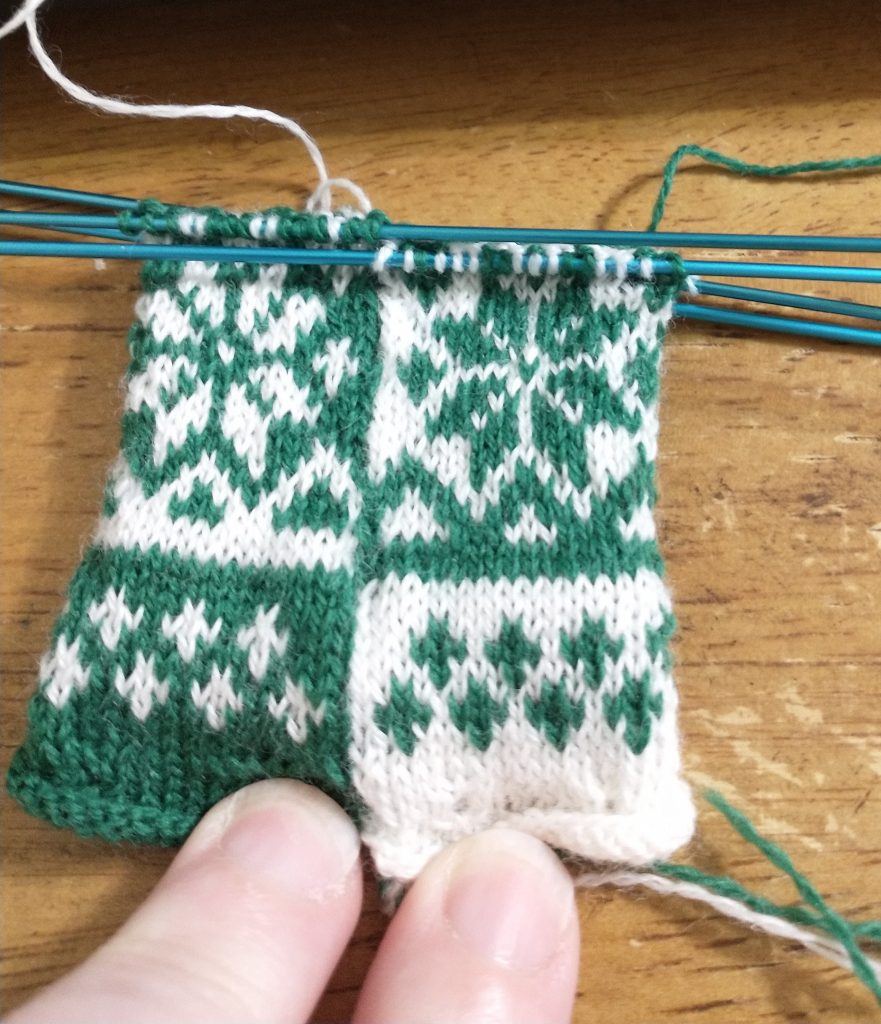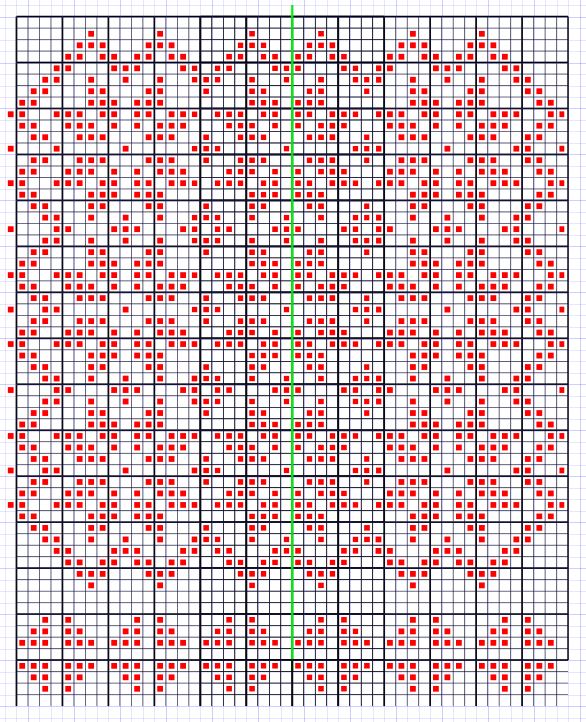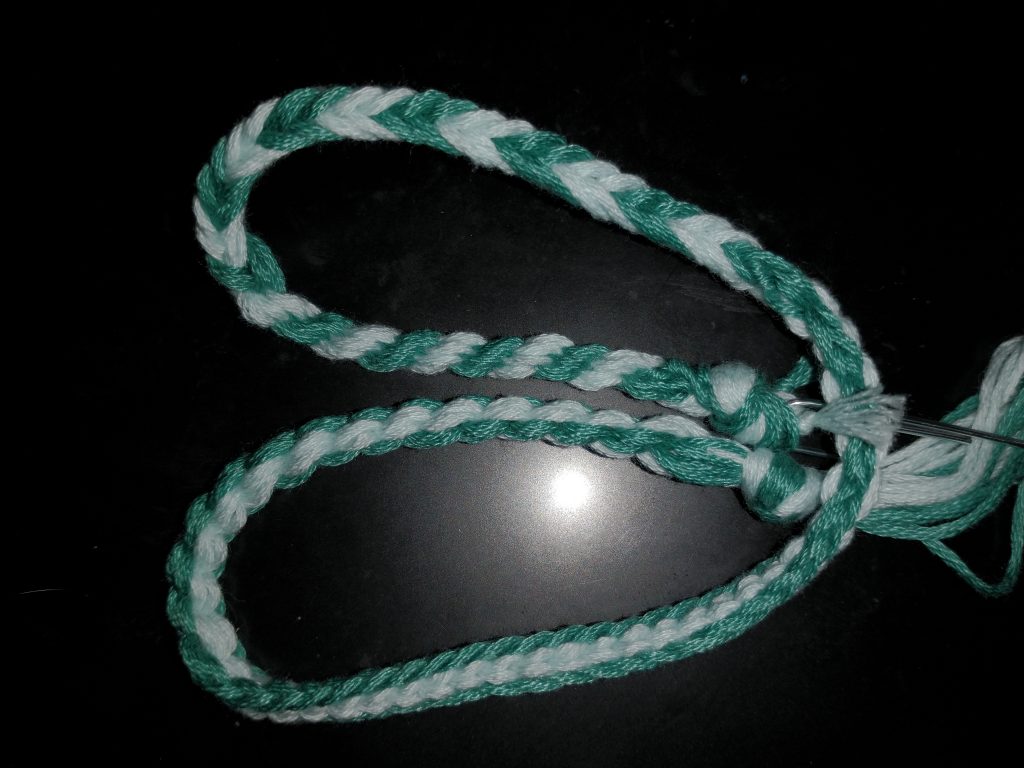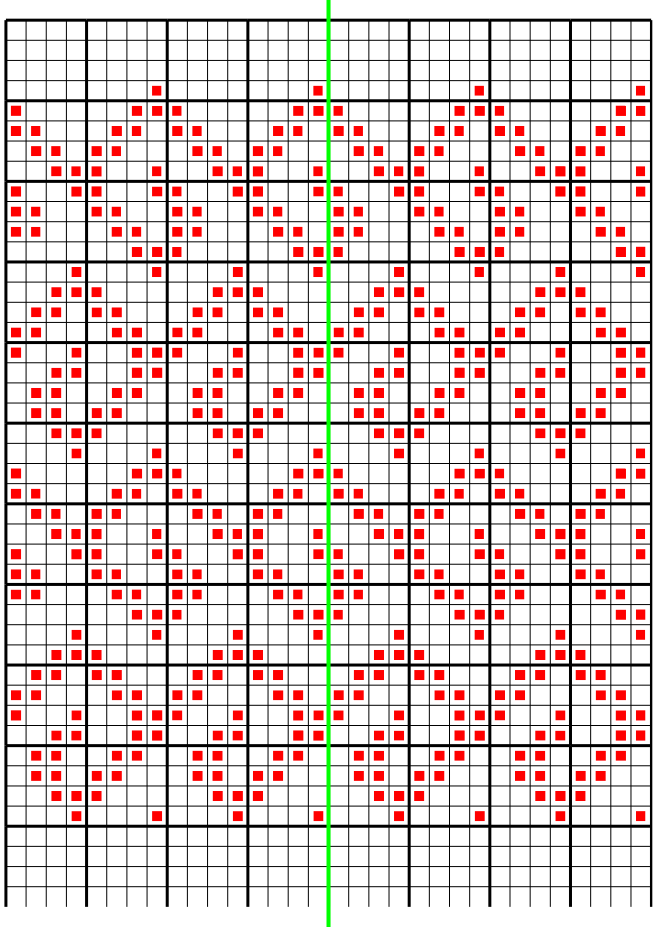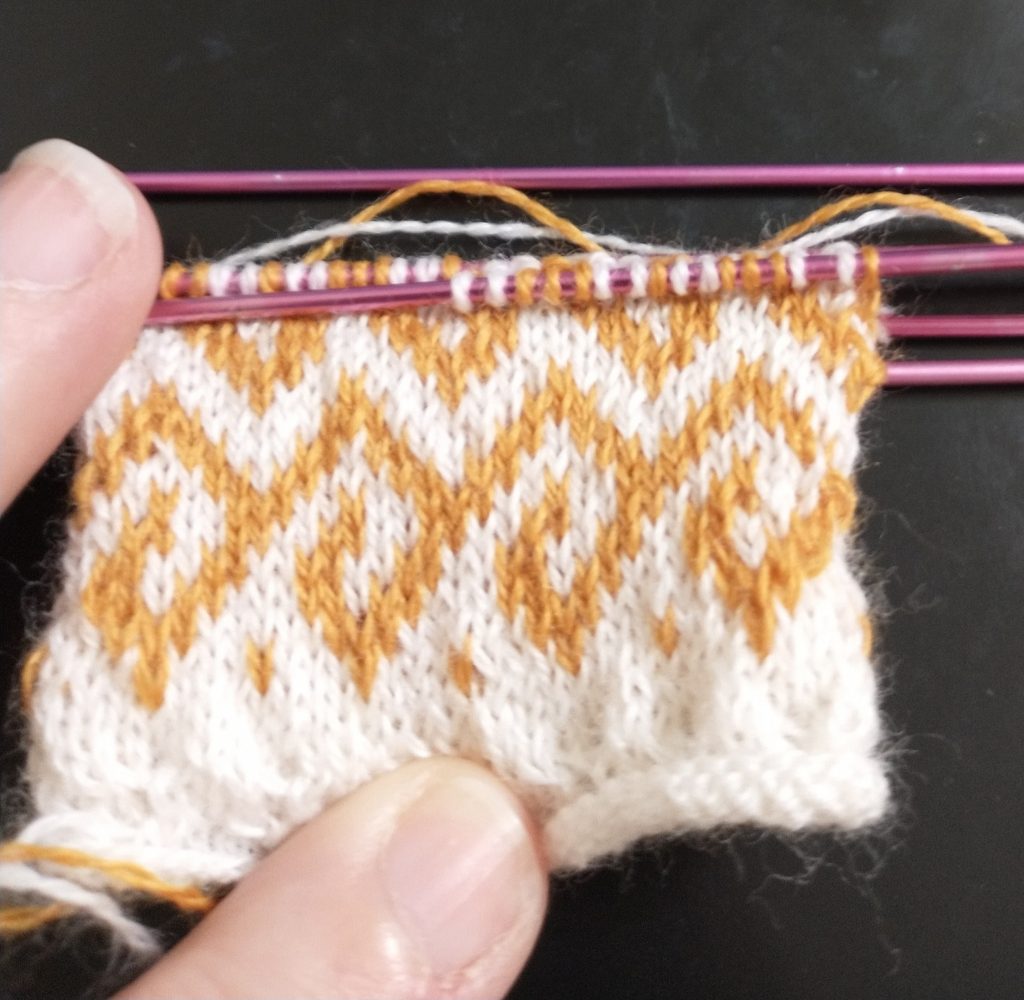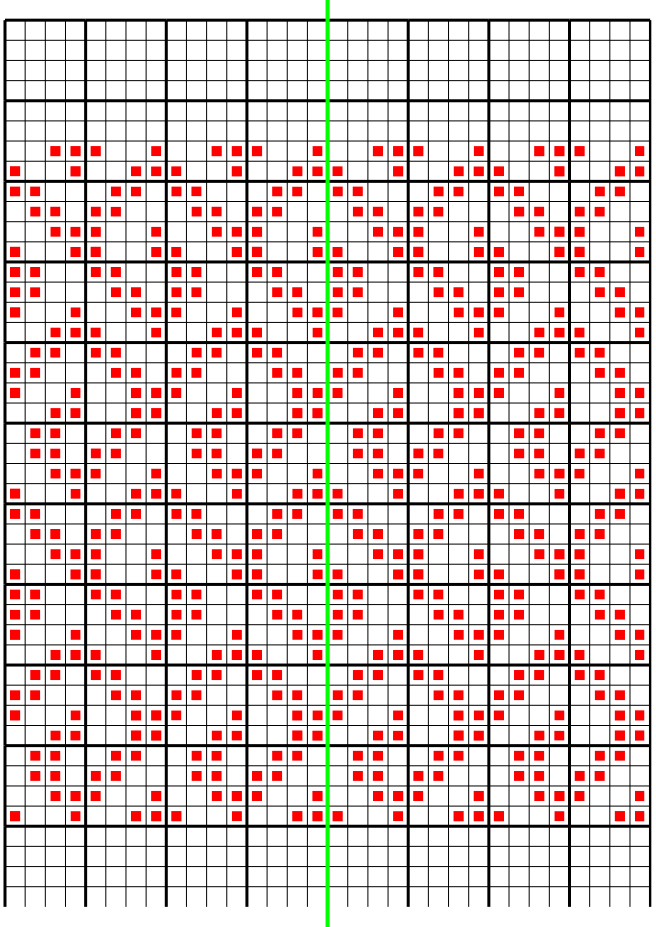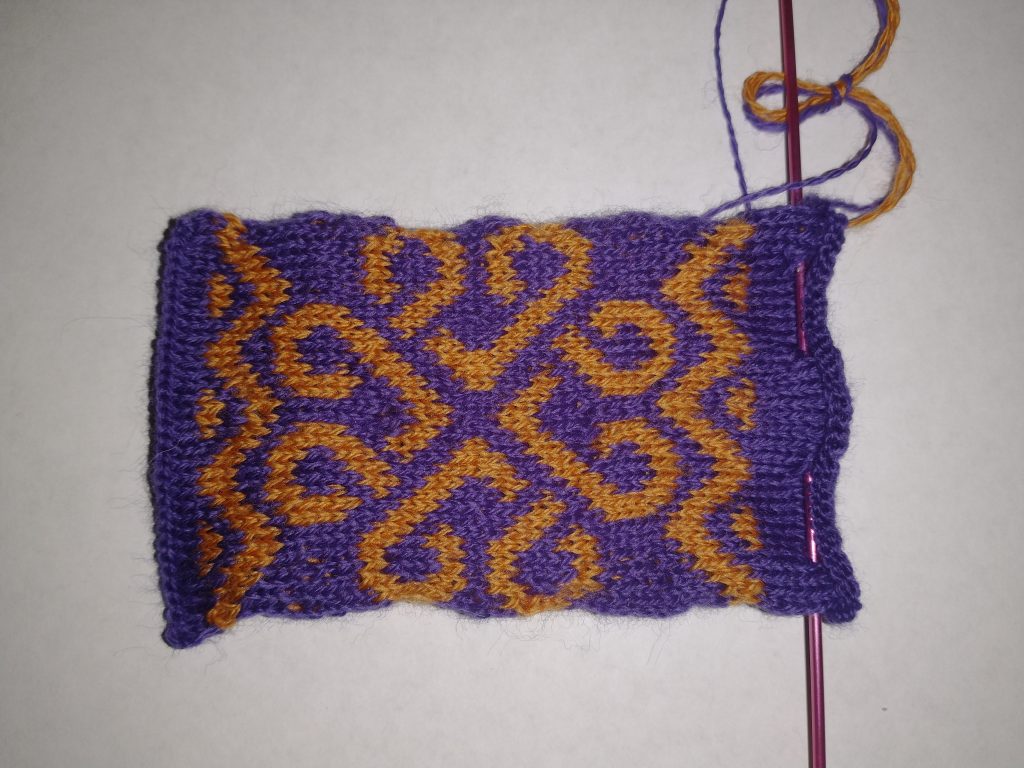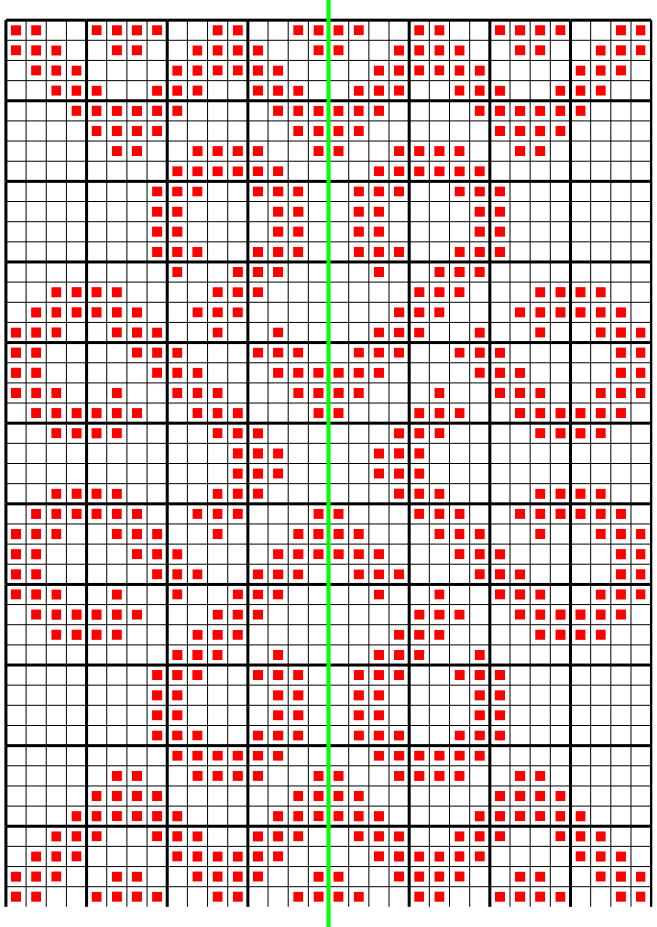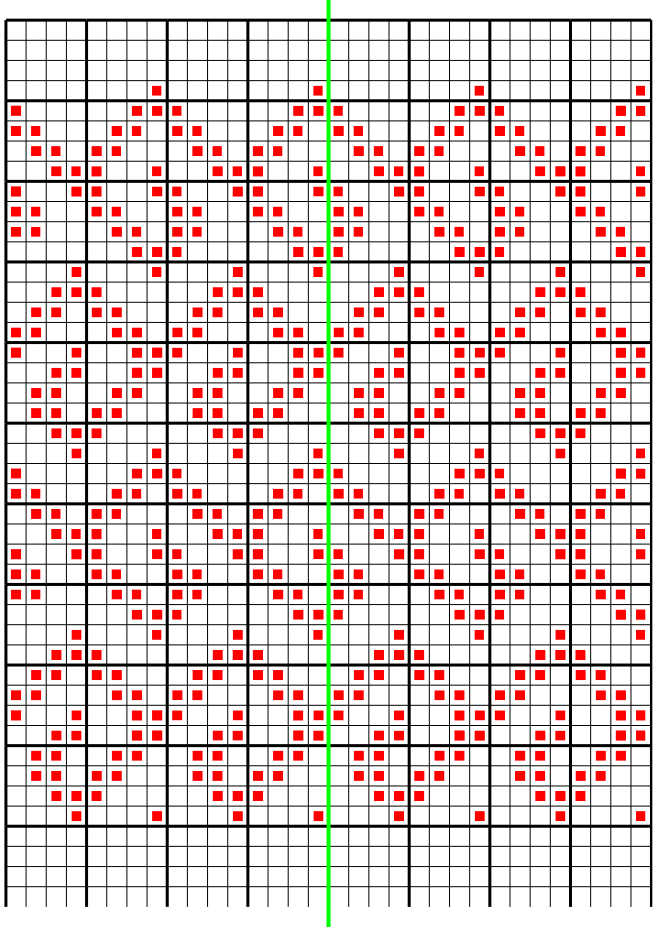I’ve always been fond of John Masefield’s “Sea Fever”.
So this happened today. Just needs a name, really, since “Weave Fever” doesn’t work and “Loom Fever” is also wrong on some level> And this is also a reminder to myself to start posting again, dangit.
I must go back to the loom again, to the lonely warp bereft,
And all I ask is the pattern sweet, and a shuttle holding weft.
And the harness’ rise, and the shuttle’s clack, and the weft’s waves flying
And the reed’s pull on the fabric, and the waves straightened lying.I must go back to the loom again, for the call of the warp I’ve tied
Is a wild call, and a clear call, that may not be denied;
And all I ask is a cosy day, with the sunlight glowing,
And the shuttle’s throw and the treadle’s rise and the weaving flowing.I must go back to the loom again, to the gentle weaving life,
To the rose path, and the diamond twill, where the pattern turns are rife,
And all I ask is a pretty yarn for a laughing fellow-rover,
And a quiet sleep and a sweet dream when the long warp’s over.
